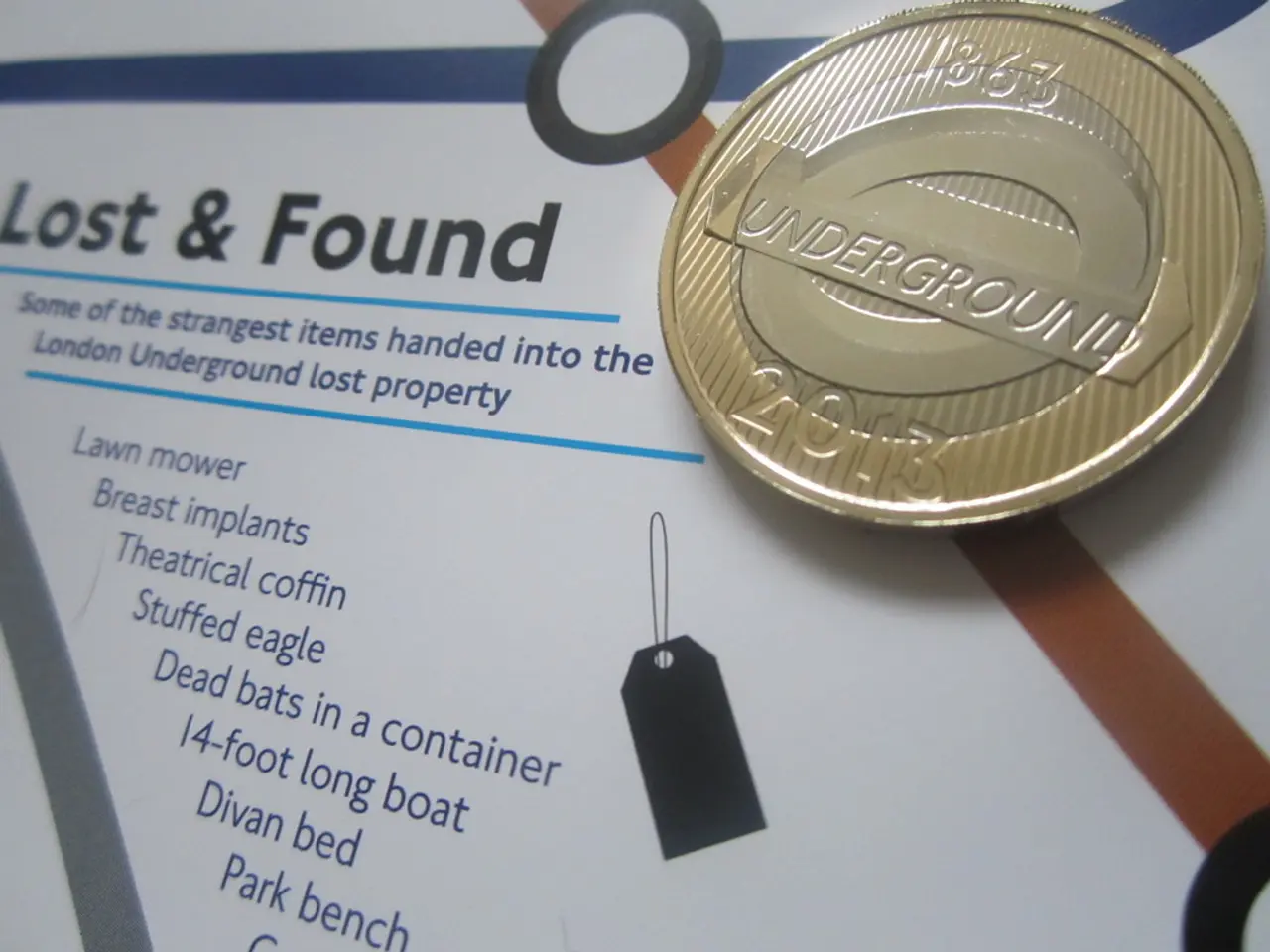Manufacturing in Space: Comprehensive Description and Analysis - Space Glossary for Exploration
Space manufacturing, a burgeoning field, is set to revolutionise the way we create materials and products, offering possibilities that are beyond our planet's reach. By leveraging the unique conditions of microgravity, vacuum, and radiation found in space, space manufacturing is poised to produce high-value materials and biological products that are difficult or impossible to make on Earth.
Current applications of space manufacturing are already making a mark in various industries. Pharmaceutical companies like Varda Space Industries have launched satellites acting as space factories, producing drugs like ritonavir for HIV treatment using microgravity to potentially improve drug quality and manufacturing efficiency.
In the realm of biology, research aboard the International Space Station (ISS) is focusing on stem cell production and engineered tissues, including liver tissue with blood vessels. This research could lead to regenerative therapies for Earth and organ production in space for transplantation. Innovative projects, such as retinal patches grown layer-by-layer in zero gravity, highlight the potential for manufacturing sensitive biological materials in space that can restore senses or function.
Looking ahead, the future of space manufacturing is brimming with potential. Advanced materials manufacturing, such as perovskite photovoltaic cells, graphene, solid-state lithium batteries, quantum dot displays, and composites, may benefit from space’s microgravity and vacuum conditions to yield superior material properties.
Companies envision expanding manufacturing fleets to produce a wide array of goods in orbit, including communication satellites and automotive components. This would leverage reduced contamination and improved material quality. In-space manufacturing will increasingly integrate with space mining (extracting metals, polymers, ceramics, composites) to support sustainable long-term space exploration and industrial activity.
Healthcare and biosensor manufacturing, processes for biosensors, toxin detection devices, and artificial organ generation, may also benefit from space-based manufacturing techniques. The emerging market of In-Orbit Servicing and Manufacturing (IISM) is expected to grow substantially, with governments and commercial sectors investing in space sustainability, servicing satellites, and manufacturing components directly in orbit to extend mission lifespans and reduce costs.
These developments promise high-value jobs and economic benefits, particularly in countries with strong scientific and engineering infrastructure, like the UK. Although manufacturing costs in space remain high, the unique value of products such as regenerative medicine and advanced electronics can justify premium pricing.
In summary, space manufacturing is currently used mainly for pharmaceutical and biological experiments and is expanding into advanced materials, satellite production, and resource utilization, with a growing vision of sustainable, large-scale industrial activity in orbit supporting both exploration and commercial markets. The vacuum of space provides a unique setting for manufacturing processes, offering opportunities for innovation and advancement in the field of manufacturing and space exploration.
However, challenges remain. The high cost of developing and deploying facilities and the limited availability of resources in space are significant hurdles. Yet, the benefits, including the ability to produce materials and products not possible on Earth, far outweigh these challenges. As we continue to push the boundaries of space manufacturing, we move one step closer to a future where space is not just a destination, but a thriving industrial frontier.
- The field of environmental-science might significantly advance with space-and-astronomy, as space manufacturing could potentially produce unique materials that aid in environmental conservation and restoration.
- With the growth of space manufacturing, technology in environmental-science could potentially see revolutionary improvements, such as the development of advanced sensors or the production of materials for carbon capture and environmental remediation.
- As space-and-astronomy expands our understanding of the universe, it also offers promising opportunities for science and technology to address pressing environmental concerns and promote sustainable development on Earth.



